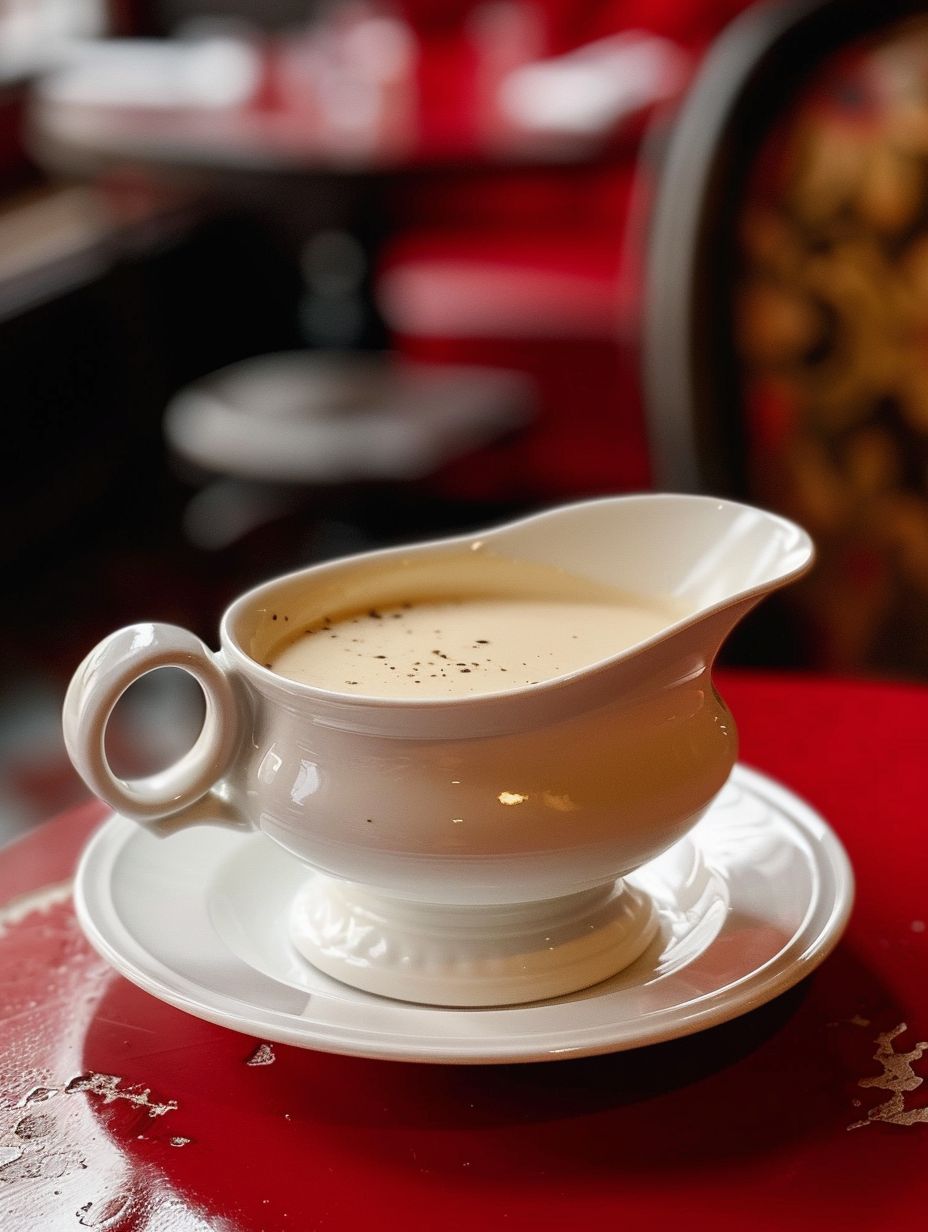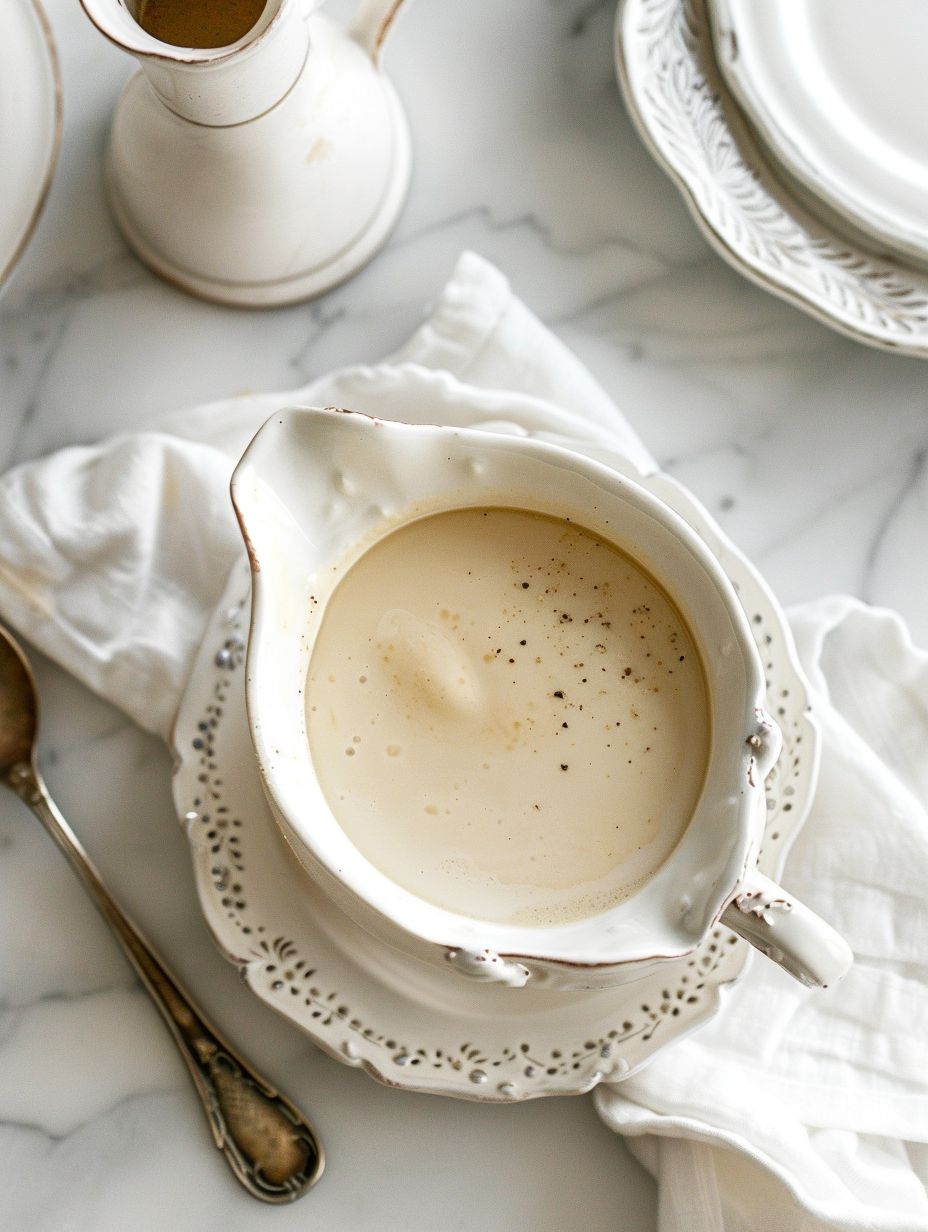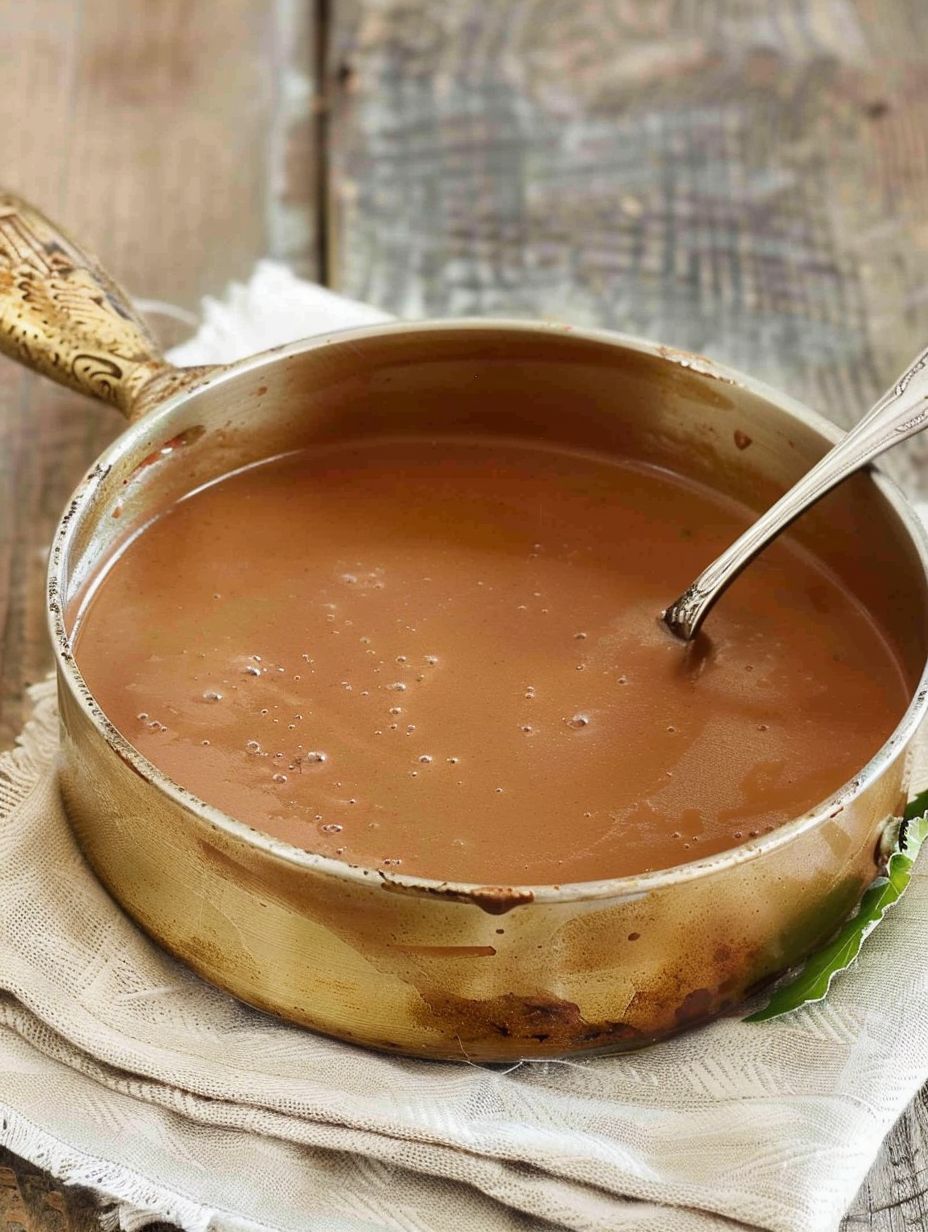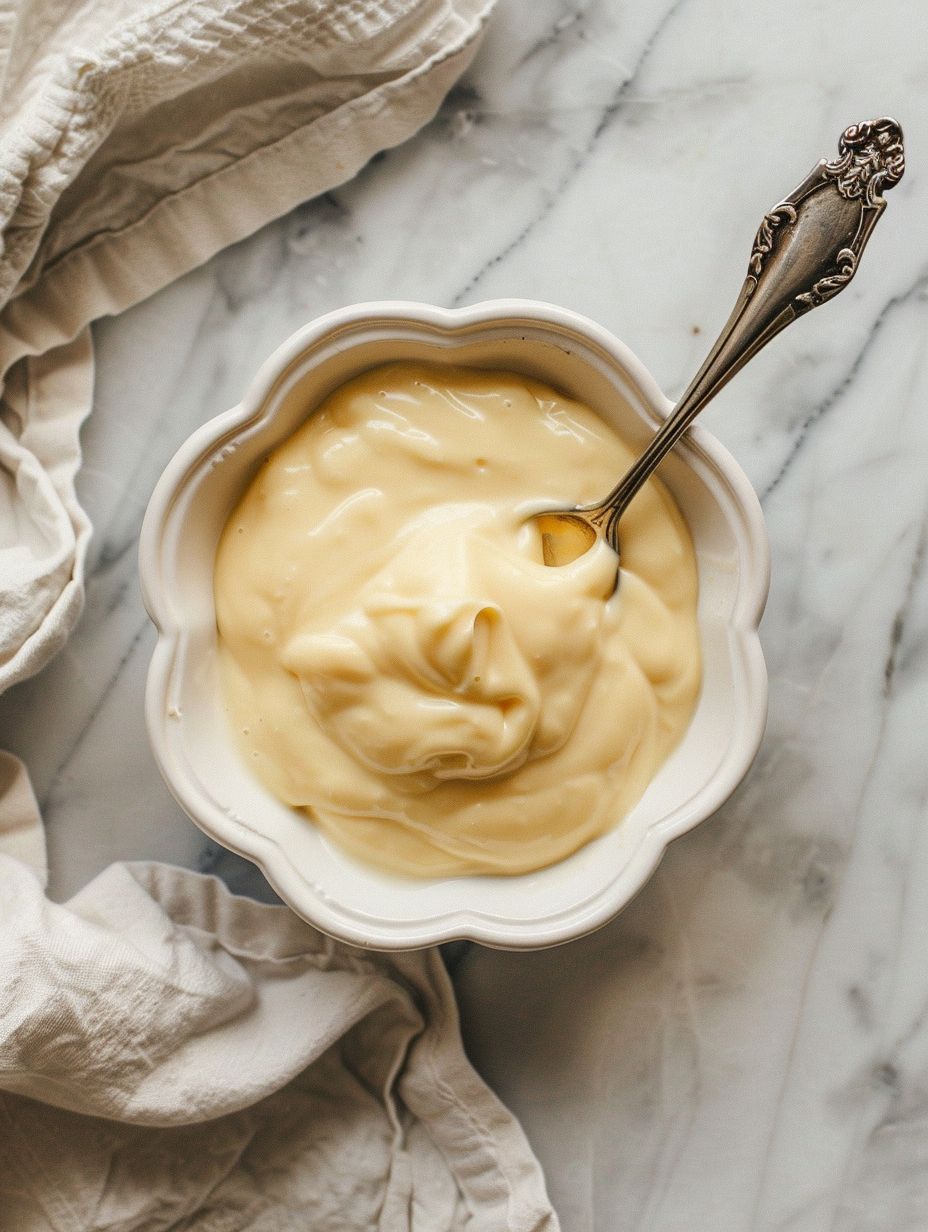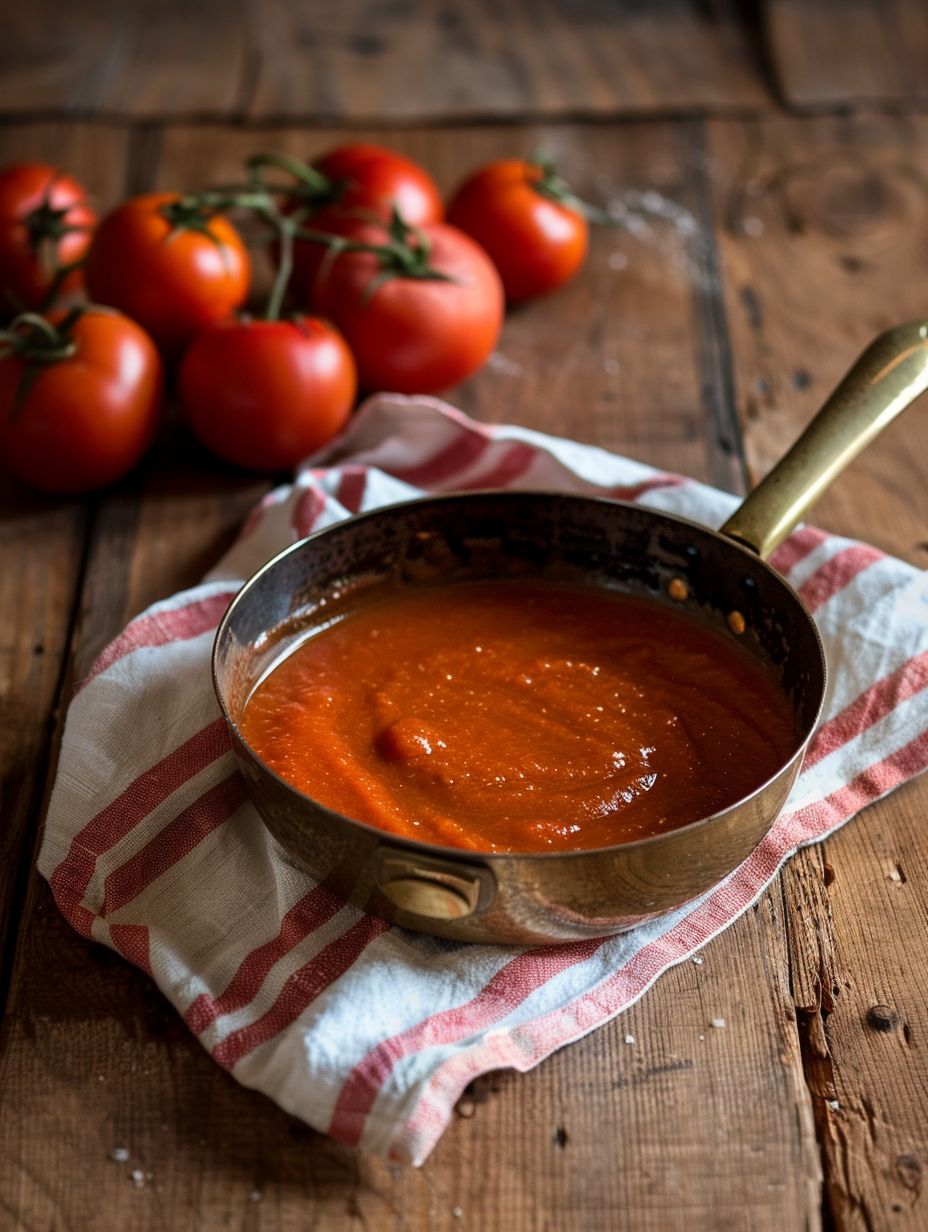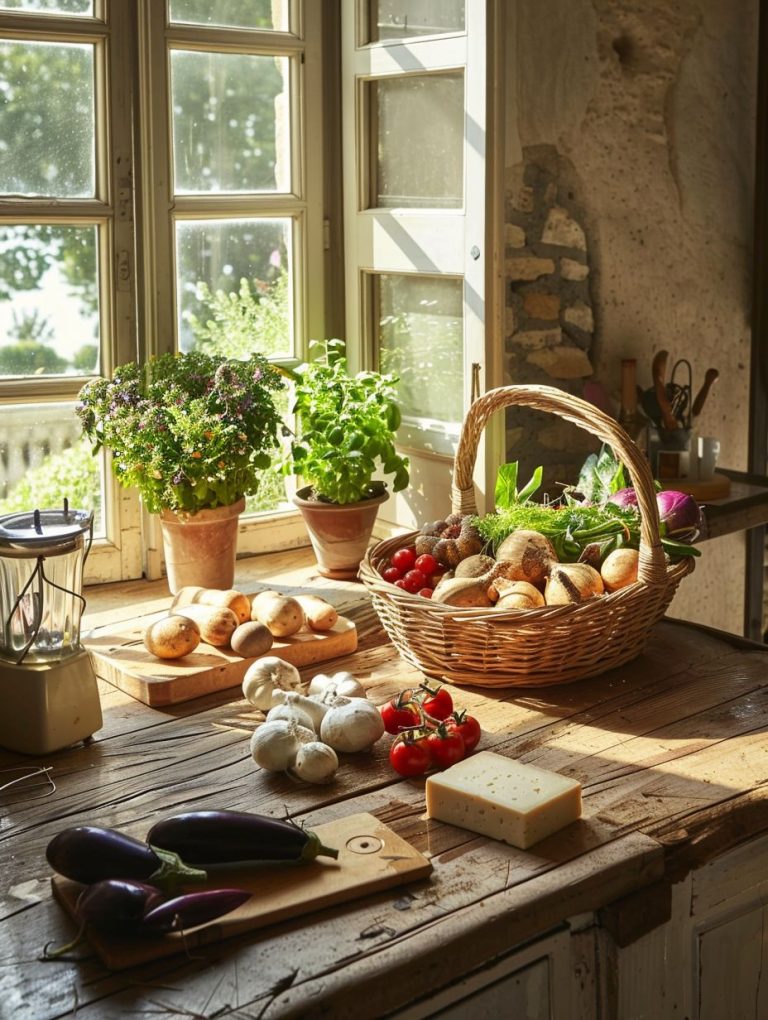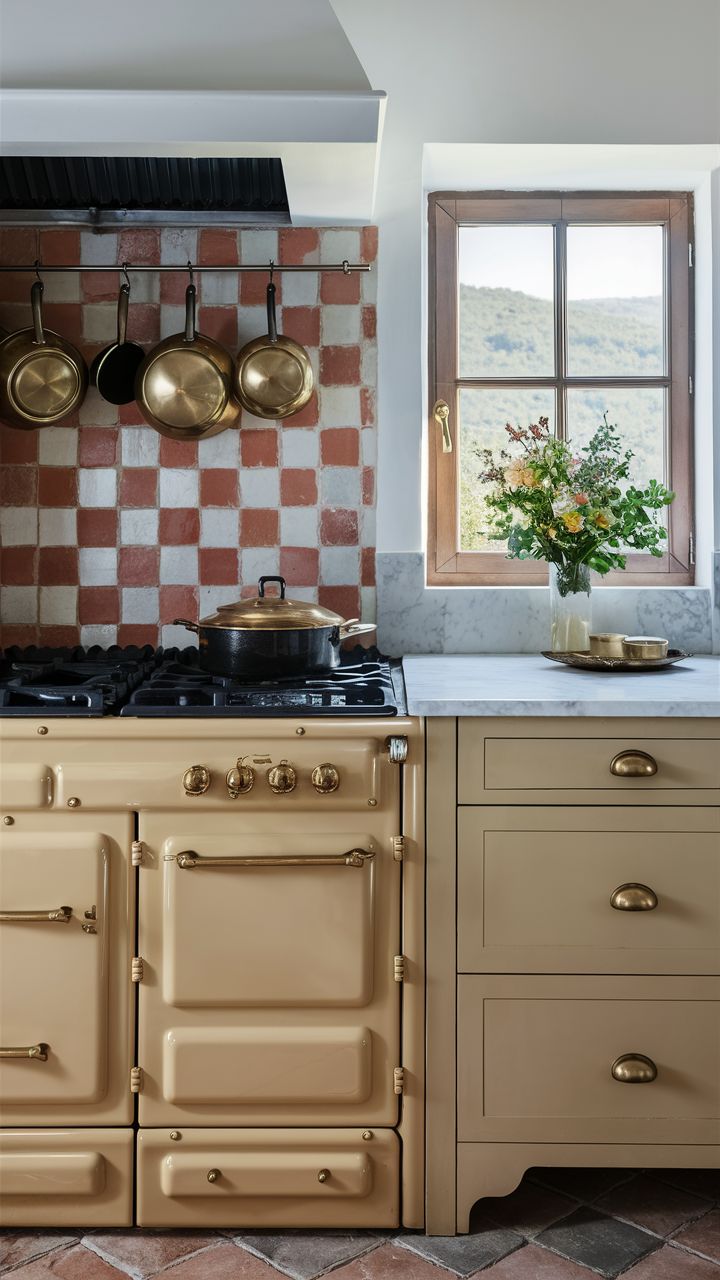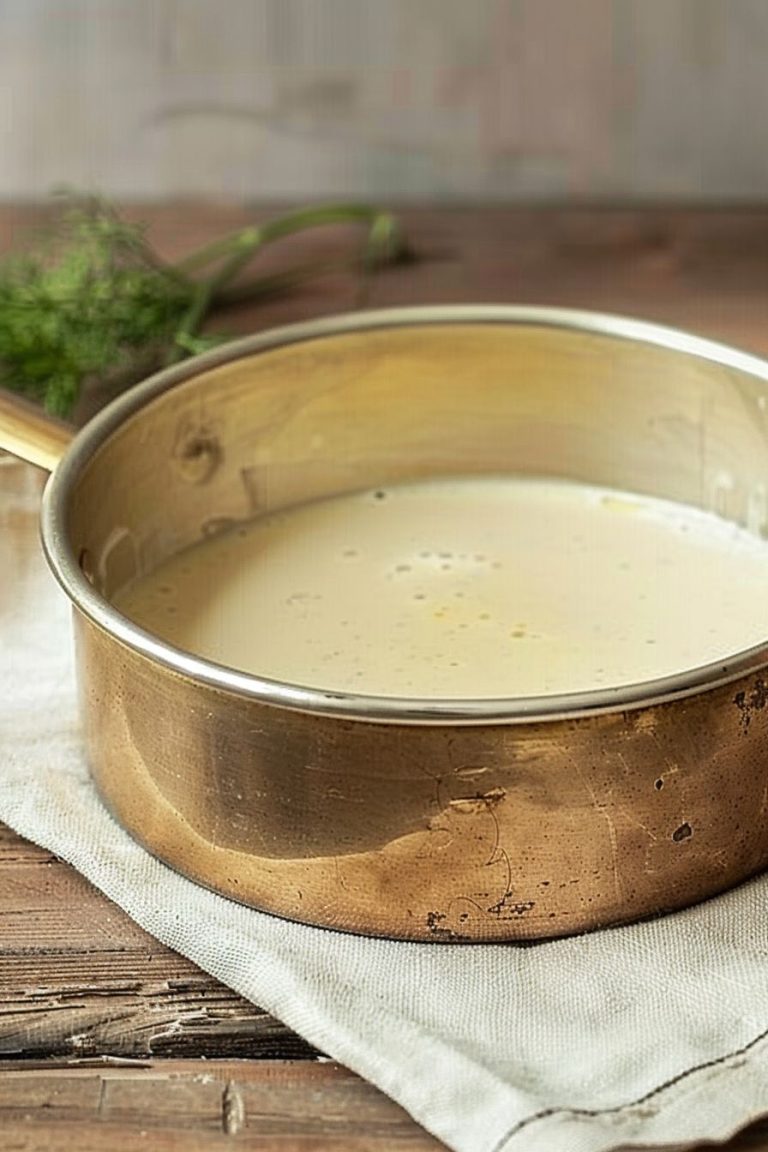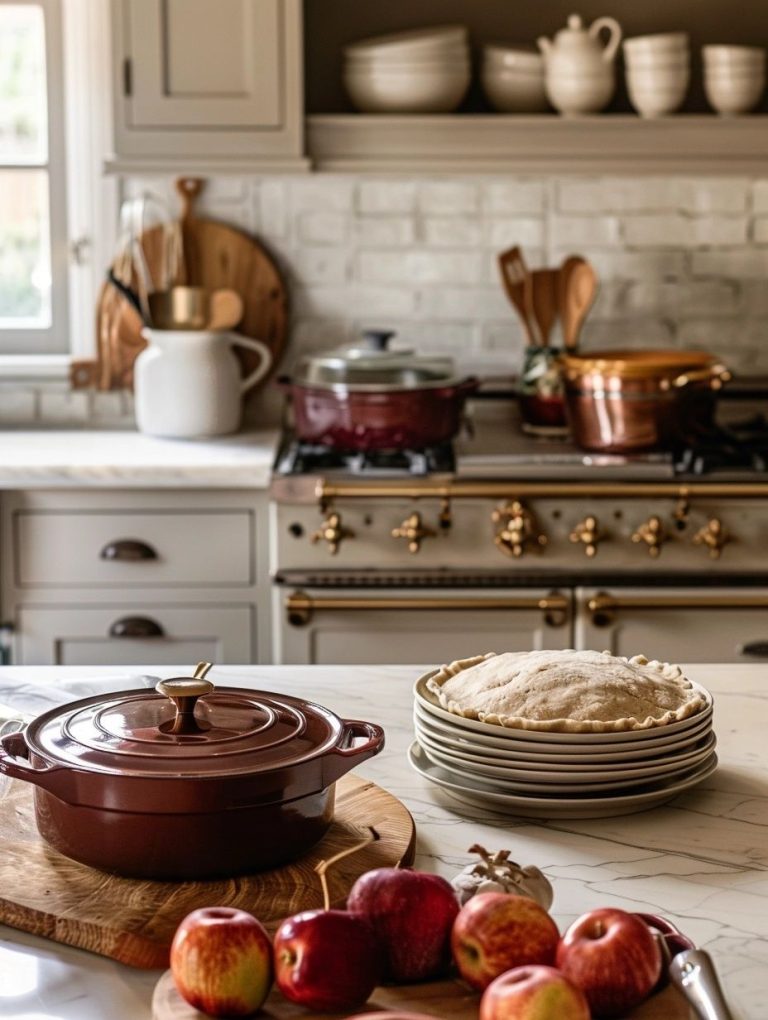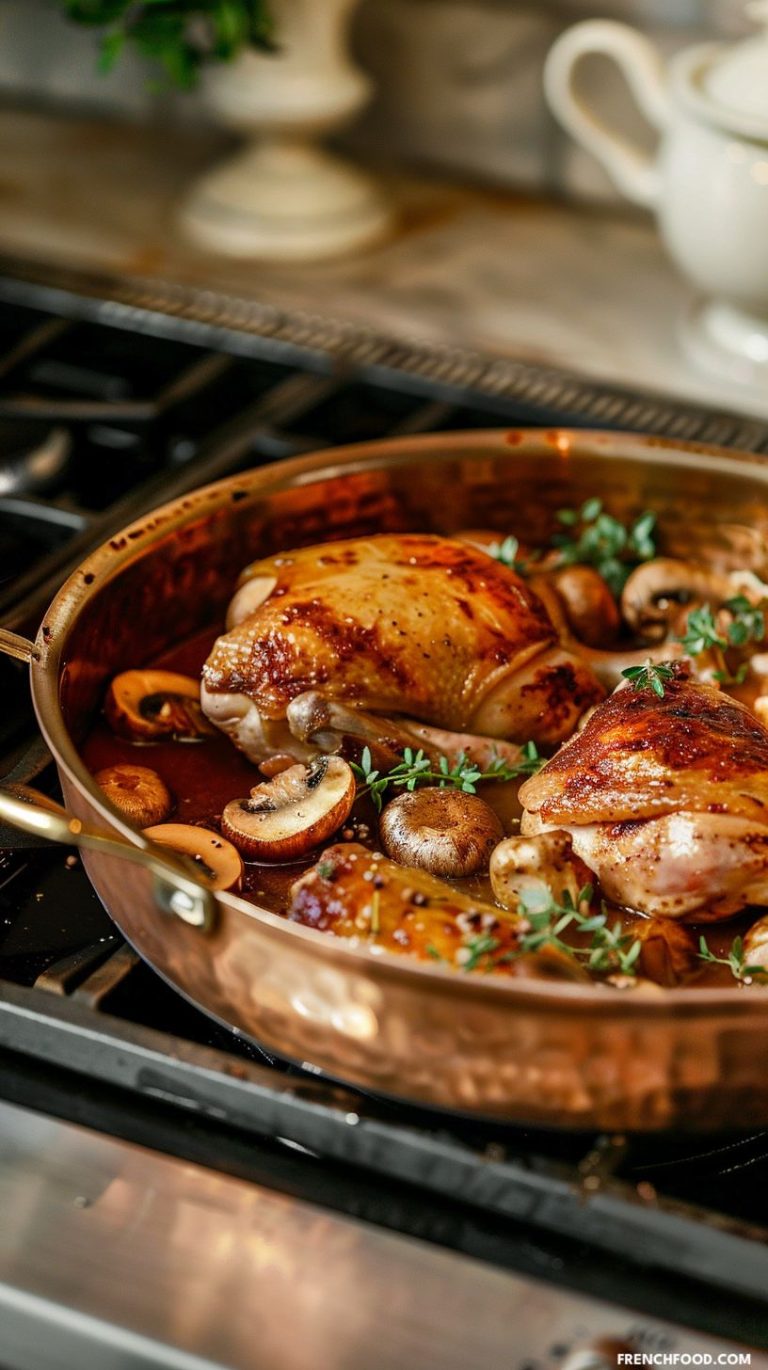5 Mother Sauces of French Cooking: Mastering the Foundations
We may earn a commission through all links on this website. As an Amazon Associate, we earn from qualifying purchases.Mother sauces are fundamental elements of French cooking. Whether you’re a beginner cook or a passionate enthusiast, understanding mother sauces is crucial for mastering the basics of French cuisine. These versatile sauces form the foundation of many iconic French dishes and offer endless creative possibilities in French cooking.
We’ll explore the five classic mother sauces, uncover their preparation techniques, and learn how to incorporate them into your own culinary creations. Get ready to impress your friends and family with deliciously flavorful French dishes, thanks to your newfound mastery of mother sauces.
What are Mother Sauces?
What are mother sauces? In French cuisine, “mother sauces” are a set of five fundamental sauces that form the basis for many other sauces. These sauces are called “mother sauces” because they are the starting point for many other sauces and dishes.
A Quick History of Mother Sauces
The history of mother sauces can be traced back to the 17th century and the culinary genius of François Pierre de la Varenne, a French chef and author. La Varenne is credited with codifying the foundations of French cuisine in his seminal work, “Le Cuisinier François,” published in 1651. In this influential cookbook, he introduced the concept of “sauces mères” or mother sauces.
Initially, La Varenne identified four mother sauces: Béchamel, Velouté, Espagnole, and Allemande. These sauces formed the basis for countless preparations. Over time, two additional mother sauces were added: Hollandaise and Tomato sauce, bringing the total to six. More recently, Allemande sauce was dropped from the core list.
The concept of mother sauces gained popularity among French chefs and became an integral part of French food traditions. These sauces became the building blocks of French cuisine, providing a framework for creating classic dishes by combining the mother sauces with fresh ingredients, herbs, and spices.
5 Vital Mother Sauces in France
The five mother sauces are:
Béchamel Sauce
Béchamel Sauce is a white sauce made with milk, roux (a mixture of butter and flour), and seasonings. It is commonly used as a base for cream sauces and cheese sauces.
Velouté Sauce
Velouté Sauce is a white sauce made with chicken, veal, or fish stock, a blonde roux, and seasonings. It is often used as a base for cream sauces and mushroom sauces.
Espagnole Sauce
Espagnole Sauce is a brown sauce made with beef or veal stock, tomato puree, mirepoix (a combination of diced onions, carrots, and celery), and seasonings. It is used as a base for many other sauces, such as bordelaise and sauce Robert.
Hollandaise Sauce
Hollandaise Sauce is an emulsion sauce made with egg yolks, butter, lemon juice, and seasonings. It is often served with eggs, fish, and vegetables.
Tomato Sauce
Tomato Sauce is a red sauce made with tomatoes, onions, garlic, herbs, and seasonings. It is commonly used in pasta dishes and as a base for other sauces.
Chefs sometimes create other sauces by adding different ingredients to these mother sauces. For example, adding cheese to béchamel sauce creates a cheese sauce, while adding wine to espagnole sauce creates bordelaise sauce.
By mastering the art of these five mother sauces, you can create a host of delicious French dishes!
Sauce Derivatives
There are many French mother sauce derivatives, or sauces that are made by adding additional ingredients to one of the five mother sauces. Here are a few examples:
Béchamel Sauce Derivatives
- Mornay Sauce: béchamel sauce with added grated cheese, usually Parmesan or Gruyere
- Soubise Sauce: béchamel sauce with added onion puree or sautéed onions
- Cheddar Cheese Sauce: béchamel sauce with added cheddar cheese and spices
Velouté Sauce Derivatives
- Allemande Sauce: velouté sauce with added egg yolks and cream
- Suprême Sauce: velouté sauce with added chicken stock, cream, and butter
- Mushroom Sauce: velouté sauce with added sautéed mushrooms and shallots
Espagnole Sauce Derivatives
- Demi-Glace: espagnole sauce reduced by half, with added beef or veal stock
- Bordelaise Sauce: espagnole sauce with added red wine, shallots, and beef marrow
- Robert Sauce: espagnole sauce with added mustard, vinegar, and onions
Hollandaise Sauce Derivatives
- Béarnaise Sauce: hollandaise sauce with added shallots, tarragon, and chervil
- Choron Sauce: béarnaise sauce with added tomato puree
- Foyot Sauce: hollandaise sauce with added meat glaze or beef stock
Tomato Sauce Derivatives
- Marinara Sauce: tomato sauce with added garlic, onions, and herbs
- Creole Sauce: tomato sauce with added bell peppers, onions, and spices
- Provençale Sauce: tomato sauce with added garlic, herbs, and olives
These are just a few examples of the many sauces that can be created by building on the five classic mother sauces in French cuisine!
Flow Chart
A mother sauce flow chart visually shows the relationship between the five mother sauces in French cuisine and the smaller sauces that can be created from them. The flow chart typically begins with the five mother sauces at the top of the chart, and then branches off to show the different sauces that can be made by adding ingredients to each mother sauce.
For example, the flow chart might show that by adding cream to béchamel sauce, you can create a sauce Mornay, or that by adding red wine and shallots to espagnole sauce, you can create a sauce bordelaise.
The flow chart can help you understand how different sauces are related and can be used as a reference guide for creating new sauces. It is also helpful for teaching students the basic principles of French sauce-making and how to build flavors and complexity by starting with a simple mother sauce and adding different ingredients.

